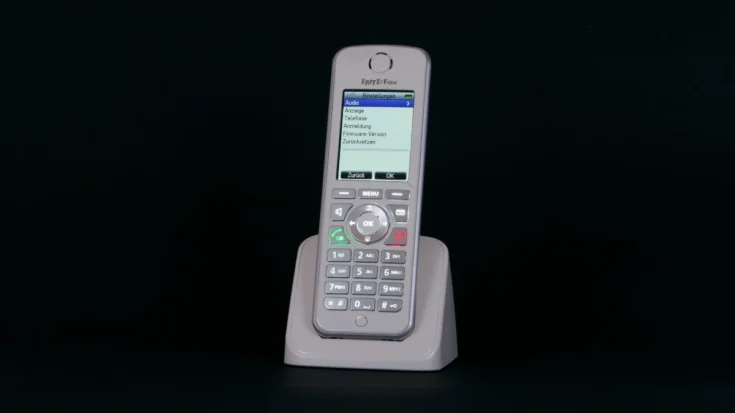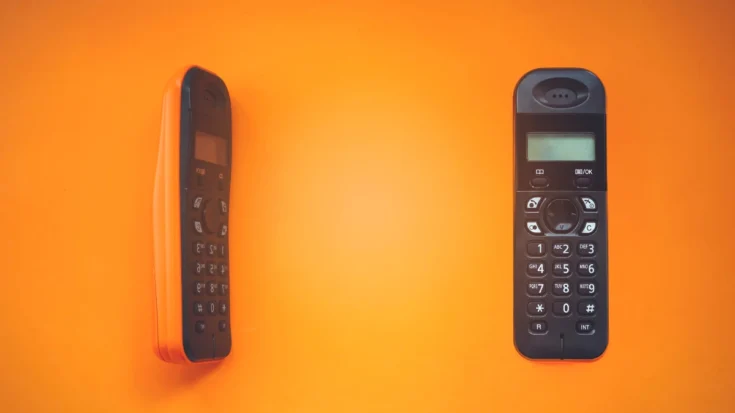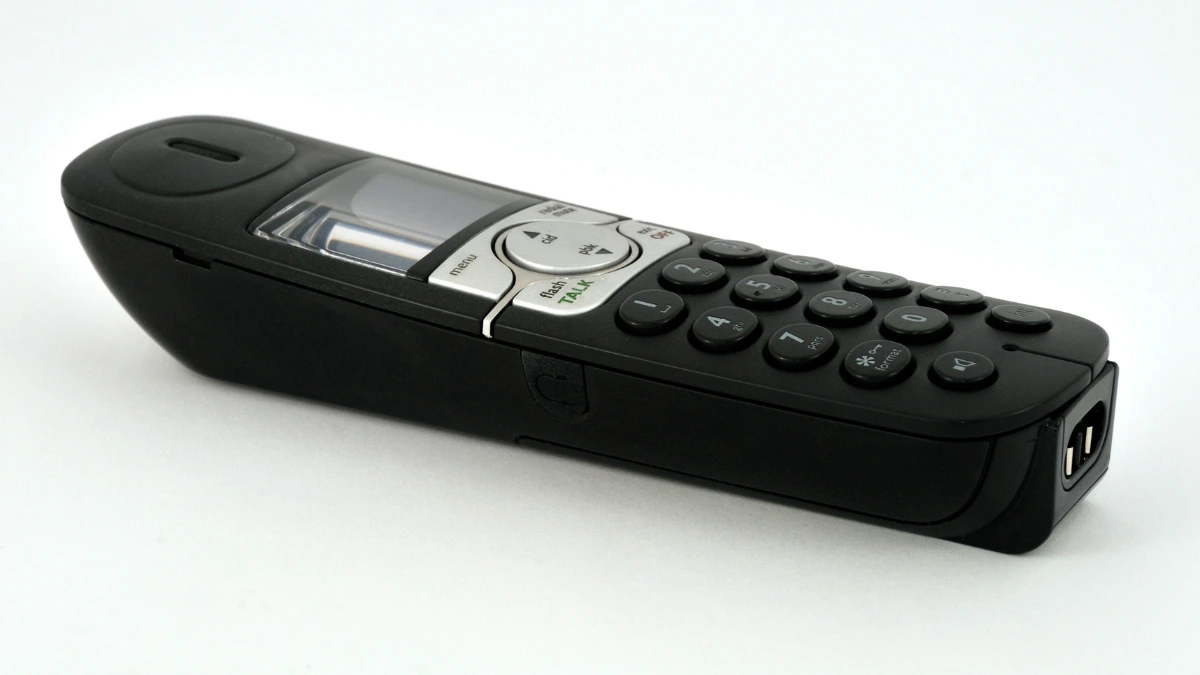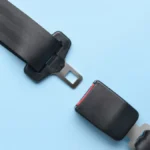Since wireless technology penetrated the telecommunications industry, one of the things that has changed is the telephone. Cordless telephone is an innovation that has been experienced by telephones with wireless technology.
Cordless telephone allow users to move within a certain distance without being connected to a cable. Since the 1980s, cordless telephone have become popular among telephone users.
With its cordless form making mobility when used more freely, making cordless telephone a practical choice for many users, both at home and at work.
Also Read
This article will tell you everything you need to know about cordless telephone, from their history, and features, to their regulation in Indonesia.
Table of Contents
What is a Cordless Telephone?
A cordless telephone is a telephone device that allows users to make calls without the use of wires, thus providing freedom of movement as long as it is within the range of a base station.
Unlike conventional corded phones, cordless telephone use radio frequencies to transmit signals between the handset and the base station that is directly connected to the landline network.
History of Cordless Telephone

The history of cordless telephone began in the late 1970s with simple analog technology operating at low frequencies of around 27 to 49 MHz.
In the 1980s and 1990s, the technology began to improve with the use of higher frequencies, such as 900 MHz, which offered greater coverage and better voice quality.
In the late 1990s and early 2000s, cordless telephone began to switch to 2.4 GHz and 5.8 GHz frequencies, bringing improvements in voice quality and reduced interference.
A major development came with the introduction of DECT (Digital Enhanced Cordless Telecommunications) as the modern cordless telephone standard.
DECT technology, which uses the 1.9 GHz frequency, delivers crystal clear voice quality, and security through digital encryption, power efficiency, and greater coverage, making it the top choice for cordless communication in homes and offices.
Until now, DECT has been the mainstay of cordless telephone technology in many countries, including Indonesia, where its use is regulated so as not to interfere with other frequencies.
The Main Feature of Cordless Telephone

Cordless telephone have many features that you can customize to suit your needs. Here are the main features of cordless telephone:
1. Signal range
Cordless telephone coverage may vary. Make sure to choose a product with a signal range that is suitable for the area of use, especially if it will be used in a large room or environment.
2. Security and encryption
On digital and DECT models, the signal encryption feature can maintain the privacy of your conversations, providing additional security in communication.
3. Battery life
Choose a cordless telephone with a long-lasting battery, especially if you often make long calls. A long-lasting battery will ensure that the phone is ready to use at any time.
4. Answering machine and caller ID
The answering machine and caller ID features are very useful for users who need message management and caller identification, helping you stay organized and not miss important calls.
5. Sound quality and noise reduction
Noise and interference reduction features are essential, especially on analog models, to ensure clear sound quality.
Cordless Telephone Regulations in Indonesia

Every cordless telephone circulated or sold in Indonesia must be certified by the Directorate General of Digital Infrastructure (DJID).
This certification aims to ensure that the device meets the safety and quality standards set by the government and does not interfere with other communication devices in the vicinity.
The certification process is overseen by the relevant authorities and includes technical testing, such as frequency adjustment, safety of use, as well as device compatibility in the surrounding environment.
After all tests are completed, devices that pass will be recorded in a Test Result Report (LHU) as the basis for eligibility to obtain a distribution license in Indonesia.
This LHU guarantees that the device meets technical specifications and is safe for use by consumers while increasing confidence in the product in the market.
For companies wishing to market cordless telephone in Indonesia, Type Approval Certification Services for ICT Products are available to assist with this process.
This service covers the preparation of technical and administrative documents, testing of cordless telephone according to applicable standards, and administrative completion to ensure the device is ready for market.
By using this service, companies can ensure that the entire process is more efficient, while certified products provide a sense of security and convenience for consumers.












